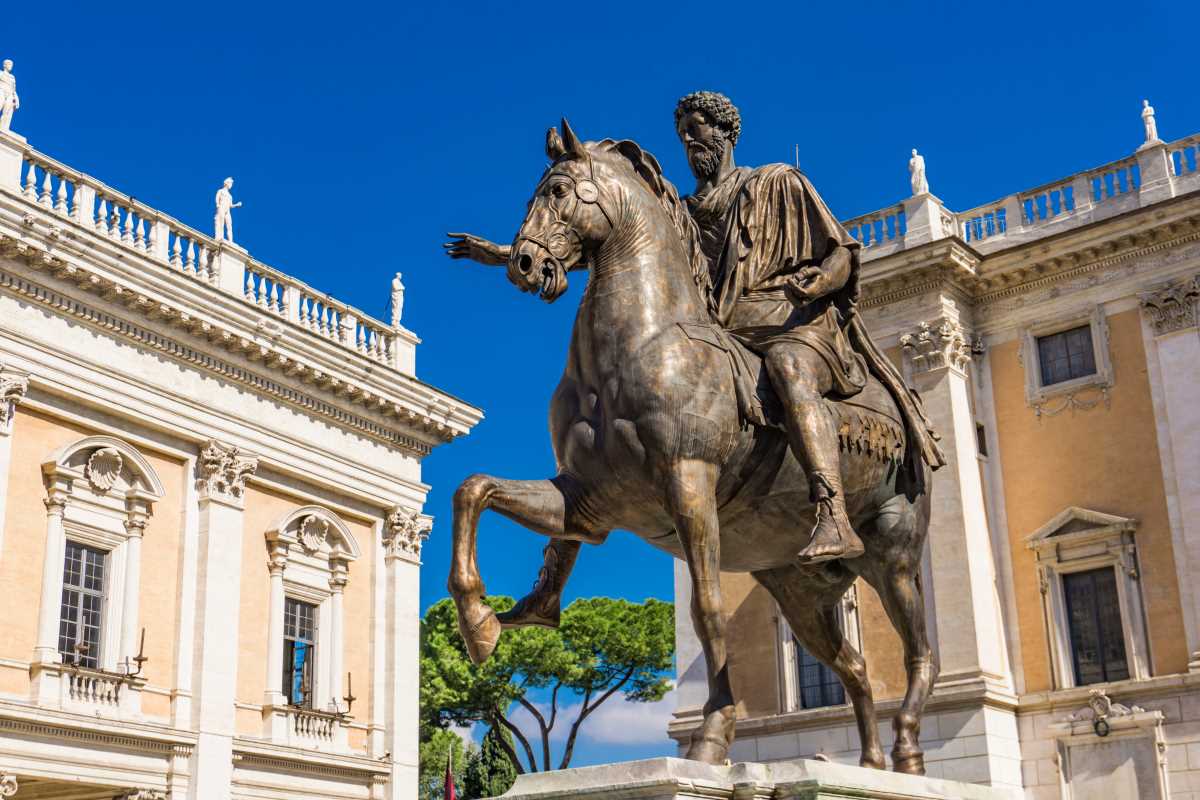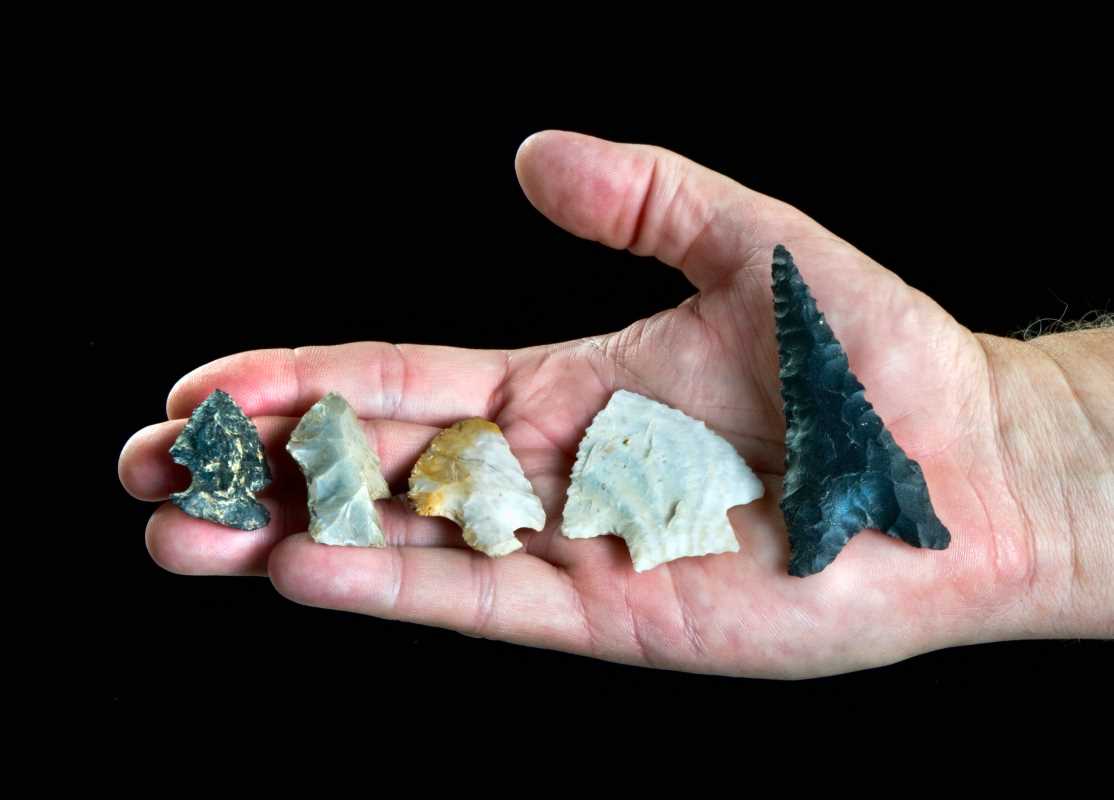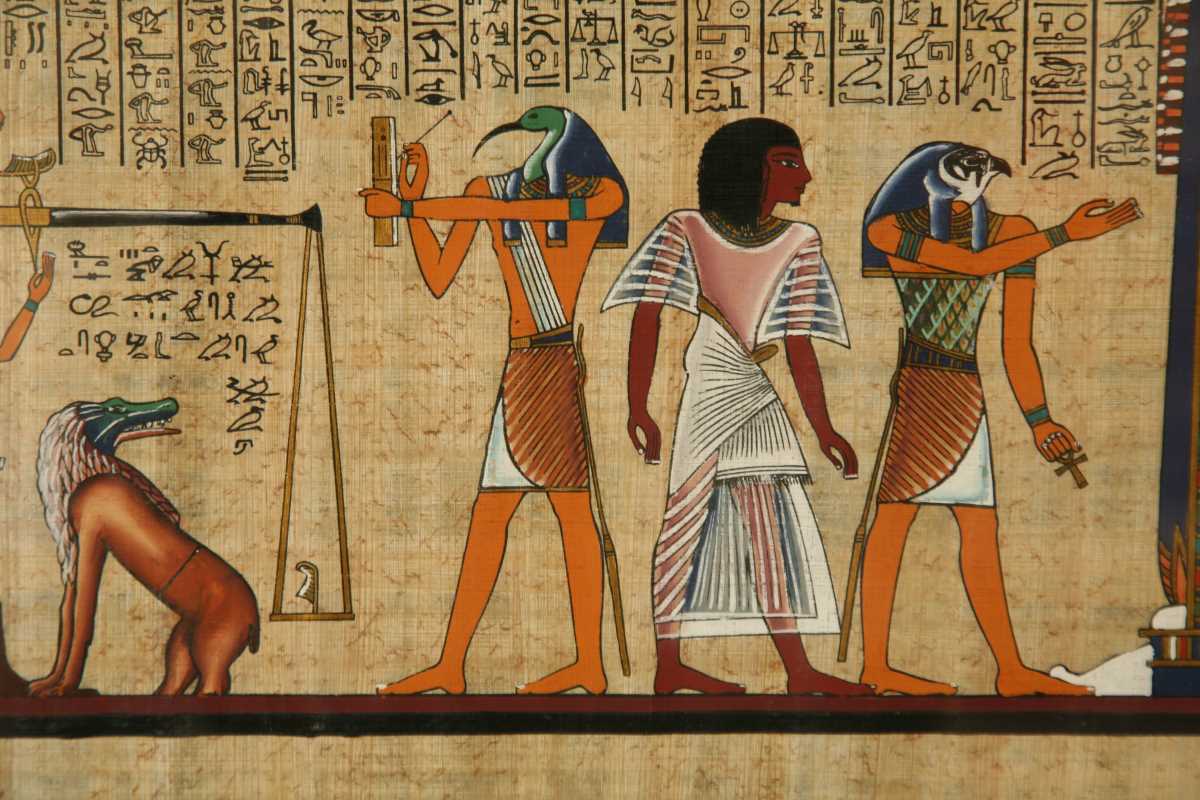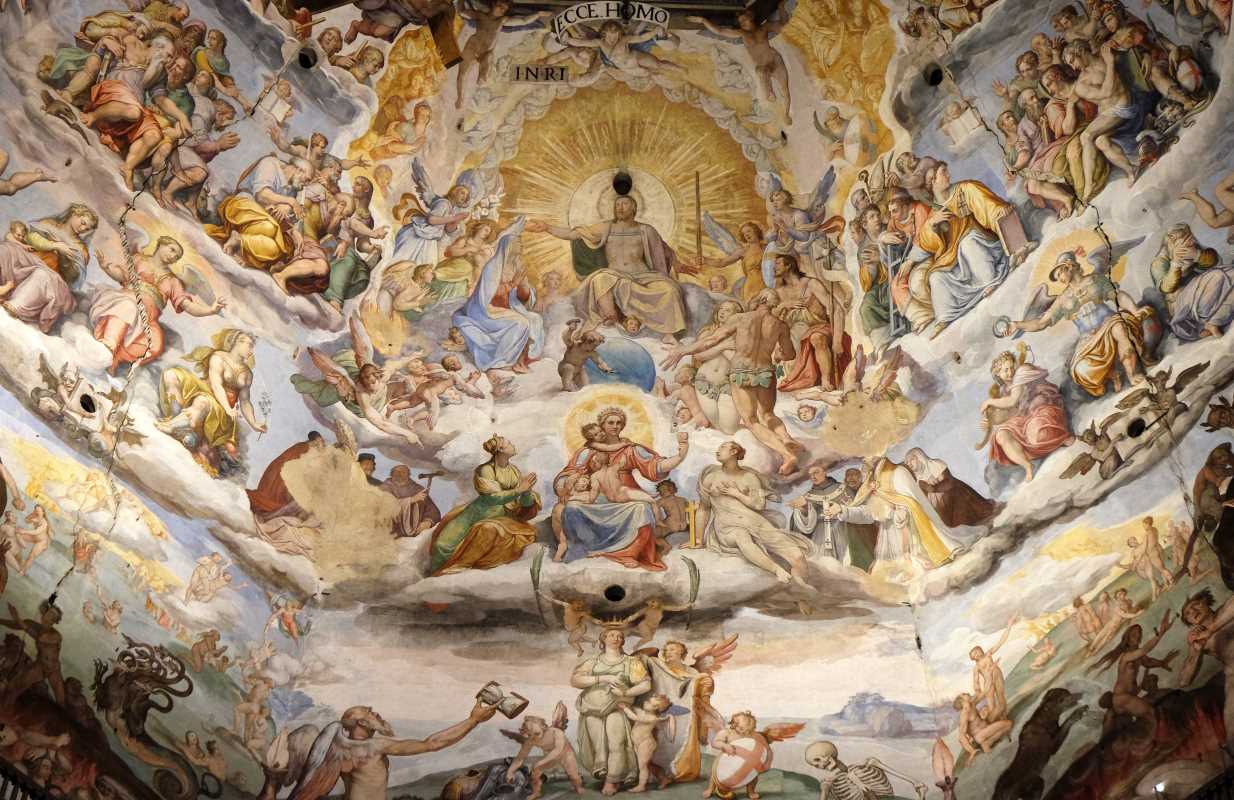Abstract Expressionism was more than just a fleeting moment in art history; it was a seismic shift that left an indelible mark on modern art. Emerging in the United States in the 1940s, this post-World War II movement redefined artistic expression and radically challenged traditional art forms. It ushered in a new era of creativity that emphasized emotion, spontaneity, and abstraction over representation. This approach not only changed the way artists created but also set the stage for subsequent movements like Minimalism, Pop Art, and even contemporary practices.
To truly understand the profound influence of Abstract Expressionism, it’s essential to explore its origins, defining characteristics, iconic artists, and its lasting impact on modern art.
The Origins of Abstract Expressionism
Abstract Expressionism was born in a time of global upheaval. World War II had upended life in Europe, and many artists fled to America, particularly New York City, seeking refuge. The influx of European modernists, such as Piet Mondrian and Marcel Duchamp, brought avant-garde ideas that deeply influenced the American art scene.
The economic and cultural climate in the U.S. also played a key role in shaping the movement. The postwar era was marked by rapid industrialization, political tension during the Cold War, and a craving for individualism. Abstract Expressionism grew out of this context as a uniquely American movement. It rejected the rigid structures of European art and embraced emotional depth and personal expression, reflecting both the chaos and freedom of the time.
New York became the epicenter of this artistic revolution, earning its status as the new global art capital. The dominance of Paris in the art world diminished, giving rise to the “New York School” of Abstract Expressionist painters.
Defining Characteristics of Abstract Expressionism
Abstract Expressionism wasn’t a single, unified style; rather, it encompassed diverse techniques and philosophies. At its core, however, there were several defining characteristics that set it apart:
- Gestural Techniques
- Many artists, such as Jackson Pollock, employed dynamic and spontaneous brushstrokes, or even unconventional methods like dripping and pouring paint, to channel raw emotion directly onto the canvas. This gestural style, known as Action Painting, emphasized the process of creation as much as the finished work.
- Large-Scale Canvases
- Abstract Expressionist paintings were often monumental in scale, enveloping viewers and drawing them into the emotional intensity of the artwork.
- Focus on Emotion and Intuition
- These works prioritized emotion over form. They were less about depicting objects or scenes and more about conveying feelings or states of being.
- Abandonment of Figurative Art
- Abstract Expressionists steered away from traditional representation, instead relying on color, shape, and texture to communicate.
- Autonomy of Art
- The movement embraced the idea that art could exist for its own sake, free from the constraints of narrative, symbolism, or literal interpretation.
Key Figures in the Movement
Several artists played pivotal roles in shaping Abstract Expressionism. Their innovative approaches not only defined the movement but also inspired countless others in the years that followed.
Jackson Pollock
Often dubbed the poster child of Abstract Expressionism, Pollock revolutionized painting with his “drip technique.” Using sticks, trowels, and even his hands to fling and pour paint, he created intricate, web-like compositions that defied convention. Works like No. 5, 1948 encapsulate this explosive style, where the act of painting was as much a performance as the finished product.
Mark Rothko
While Pollock’s works were chaotic and dynamic, Mark Rothko’s pieces were meditative and transcendent. Rothko is best known for his large, color-field paintings, which feature soft rectangles of color that seem to float on the canvas. His works, such as Orange and Yellow, evoke profound emotional responses, drawing viewers into a contemplative space.
Willem de Kooning
De Kooning bridged abstraction and figuration in his work, often incorporating human forms into his expressive brushstrokes. His Woman series, characterized by bold, gestural lines, offered a raw and almost primal exploration of the human condition.
Franz Kline
Known for his stark black-and-white compositions, Kline’s work focused on bold, gestural strokes that emphasized movement and energy. His paintings, like Chief, conveyed drama and intensity with minimal color.
Lee Krasner
An influential artist in her own right, Lee Krasner also contributed to the movement with her collage-like compositions and abstracted natural forms. Her work demonstrated how the personal and the universal could merge seamlessly in art.
Breaking Away from Tradition
What made Abstract Expressionism so revolutionary was its total rejection of traditional art norms. It abandoned realism, symmetry, and narrative, opting instead for spontaneity and abstraction. The physical act of creating the artwork became as important as the artwork itself—an idea epitomized in Pollock’s energetic painting process.
This departure from convention inspired a sense of liberation in the art world. It expanded the definition of art and opened the door for new techniques and mediums, encouraging artists to experiment without fear of judgment.
Influences on Subsequent Movements
Abstract Expressionism didn’t exist in a vacuum; it laid the groundwork for many of the art movements that followed.
Minimalism
Minimalism emerged in the 1960s as a reaction to the emotional intensity of Abstract Expressionism. While Minimalists like Donald Judd and Agnes Martin sought simplicity and order through clean lines and geometric forms, their emphasis on abstraction can be traced back to the precedent set by artists like Rothko and Kline.
Pop Art
Abstract Expressionism also paved the way for Pop Art, which emerged in the 1950s and gained momentum in the 1960s. Artists like Andy Warhol and Roy Lichtenstein rejected the romanticism of Abstract Expressionism but borrowed its enthusiasm for boldness and innovation. They shifted the focus to mass production and popular culture, yet their freedom to explore new subject matter was undeniably inspired by the earlier movement.
The Legacy of Abstract Expressionism in Contemporary Art
The influence of Abstract Expressionism is deeply embedded in contemporary art practices. Today, many artists continue to prioritize emotion, intuition, and abstraction in their work. The spirit of experimentation championed by the movement finds echoes in modern mediums like digital art, installation art, and performance art.
Additionally, Abstract Expressionism’s emphasis on individuality resonates strongly with today’s artists. Social media platforms like Instagram showcase how artists worldwide use spontaneity, unpredictability, and abstraction to connect with audiences in deeply personal and innovative ways.
Abstract Expressionism also continues to inspire collectors and museums, with works by Pollock, Rothko, and de Kooning fetching record prices at auctions. Their timeless appeal reinforces the movement’s enduring importance in the art world.
 (Image via
(Image via




